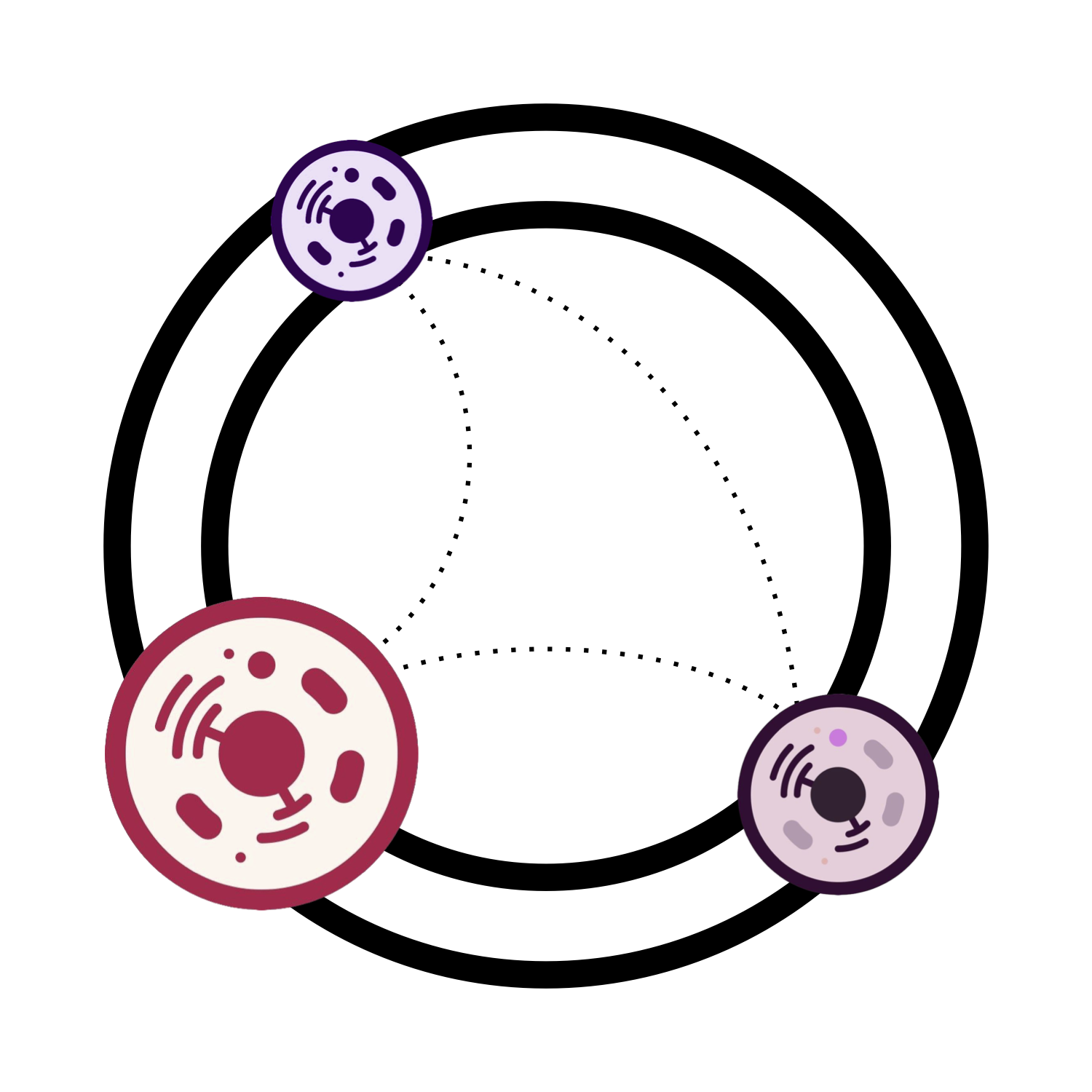Semantic mapping reasoner and assembler
Project description

SeMRA
Semantic mapping reasoner and assembler
This software provides:
- An object model for semantic mappings (based on SSSOM)
- Functionality for assembling and reasoning over semantic mappings at scale
- A provenance model for automatically generated mappings
- A confidence model granular at the curator-level, mapping set-level, and community feedback-level
🚀 Installation
The most recent release can be installed from PyPI with:
pip install semra
The most recent code and data can be installed directly from GitHub with:
pip install git+https://github.com/biopragmatics/semra.git
👐 Contributing
Contributions, whether filing an issue, making a pull request, or forking, are appreciated. See CONTRIBUTING.md for more information on getting involved.
👋 Attribution
⚖️ License
The code in this package is licensed under the MIT License.
🍪 Cookiecutter
This package was created with @audreyfeldroy's cookiecutter package using @cthoyt's cookiecutter-snekpack template.
🛠️ For Developers
See developer instructions
The final section of the README is for if you want to get involved by making a code contribution.
Development Installation
To install in development mode, use the following:
git clone git+https://github.com/biopragmatics/semra.git
cd semra
pip install -e .
🥼 Testing
After cloning the repository and installing tox with pip install tox, the unit tests in the tests/ folder can be
run reproducibly with:
tox
Additionally, these tests are automatically re-run with each commit in a GitHub Action.
📖 Building the Documentation
The documentation can be built locally using the following:
git clone git+https://github.com/biopragmatics/semra.git
cd semra
tox -e docs
open docs/build/html/index.html
The documentation automatically installs the package as well as the docs
extra specified in the setup.cfg. sphinx plugins
like texext can be added there. Additionally, they need to be added to the
extensions list in docs/source/conf.py.
The documentation can be deployed to ReadTheDocs using
this guide.
The .readthedocs.yml YAML file contains all the configuration you'll need.
You can also set up continuous integration on GitHub to check not only that
Sphinx can build the documentation in an isolated environment (i.e., with tox -e docs-test)
but also that ReadTheDocs can build it too.
📦 Making a Release
After installing the package in development mode and installing
tox with pip install tox, the commands for making a new release are contained within the finish environment
in tox.ini. Run the following from the shell:
tox -e finish
This script does the following:
- Uses Bump2Version to switch the version number in the
setup.cfg,src/semra/version.py, anddocs/source/conf.pyto not have the-devsuffix - Packages the code in both a tar archive and a wheel using
build - Uploads to PyPI using
twine. Be sure to have a.pypircfile configured to avoid the need for manual input at this step - Push to GitHub. You'll need to make a release going with the commit where the version was bumped.
- Bump the version to the next patch. If you made big changes and want to bump the version by minor, you can
use
tox -e bumpversion -- minorafter.
Project details
Release history Release notifications | RSS feed
Download files
Download the file for your platform. If you're not sure which to choose, learn more about installing packages.





















